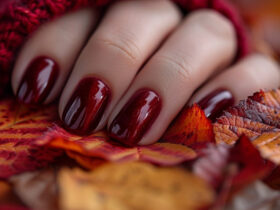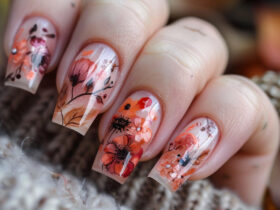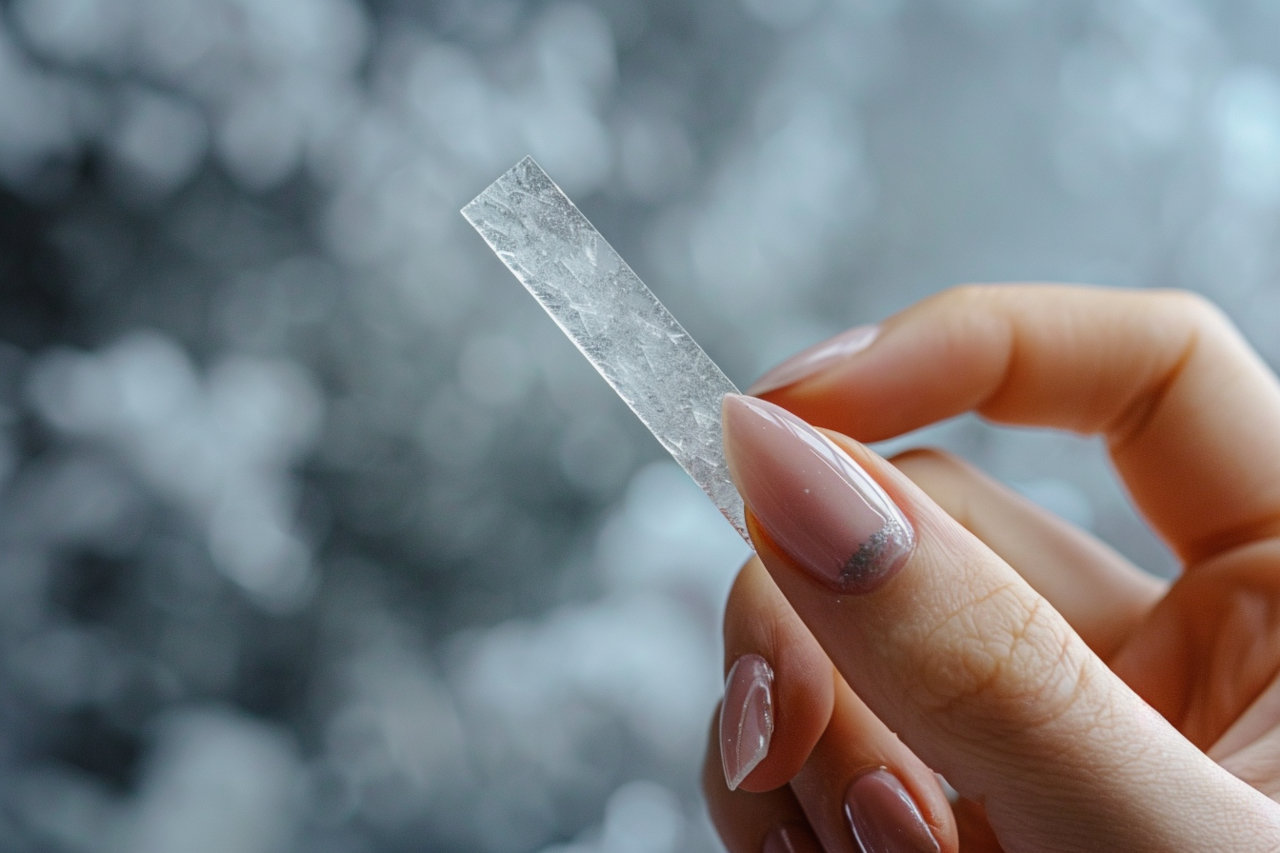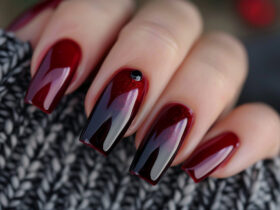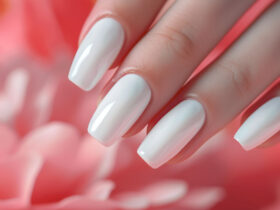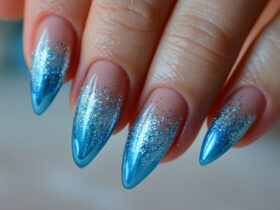When it comes to achieving the perfect manicure at home, one of the most essential tools in your nail care kit is the humble nail filer. But did you know that not all nail filers are created equal? Just like choosing the right skincare for your complexion, selecting the correct nail filer for your nail type can make a world of difference in maintaining healthy, beautiful nails. Whether you have natural nails, gel, or acrylic, understanding the variety of nail filers available and how they work will help you make the best choice. In this guide, we’ll explore the different types of nail filers and help you choose the one that’s perfect for your nails.
Understanding the Grit of Nail Filers
The grit number on a nail filer indicates how rough or smooth the surface is. The lower the grit number, the rougher the filer. Here’s a quick breakdown:
- 80-100 Grit: Coarse grit, ideal for shaping acrylic nails but too harsh for natural nails.
- 180 Grit: Medium grit, suitable for shortening and shaping natural nails.
- 240 Grit: Fine grit, perfect for smoothing and finishing natural nails.
- 400-600 Grit: Extra-fine grit, used for buffing and adding shine to the nails.
Choosing the right grit is crucial to preventing damage to your nails. For instance, using a coarse grit on natural nails can cause splitting and peeling, while a fine grit might not be effective enough on thicker acrylics.
Best Nail Filers for Natural Nails
If you have natural nails, you’ll want to use a filer that’s gentle yet effective. For natural nails, a 240 grit filer is generally the best choice. This grit is fine enough to shape your nails without causing damage but still strong enough to get the job done efficiently.
Glass or crystal nail filers are also an excellent option for natural nails. These filers are gentle on the nails and provide a smooth finish, reducing the risk of splitting. They’re also durable and easy to clean, making them a long-lasting addition to your nail care kit. To keep your natural nails healthy, consider incorporating regular care routines like those suggested in Essential Tips for Healthy Nails.
Best Nail Filers for Gel Nails
Gel nails require a bit more care, especially when it comes to maintaining their shape and preventing lifting. For gel nails, a 180 grit filer is usually the best option. This grit allows you to shape and smooth the gel without roughing up the surface too much, which can lead to peeling.
You can also use a buffer with a grit of 240 or higher to gently smooth the edges and add a little shine to your gel nails. If you’re looking to maintain your gel nails at home, check out our guide on Properly Removing Gel and Acrylic Nails at Home for tips on safe removal.
Best Nail Filers for Acrylic Nails
Acrylic nails are much thicker and tougher than natural nails, so they require a filer that can handle their density. For shaping acrylics, a coarse 80-100 grit filer is ideal. This grit level will allow you to file down the acrylic quickly and effectively.
However, after achieving your desired shape, it’s essential to smooth the edges with a finer grit, such as a 180 or 240 grit filer. This prevents rough edges that can snag and lead to lifting. If you’re looking to experiment with different acrylic nail designs, our post on Acrylic vs. Gel Nails offers a great comparison and inspiration for your next look.
Different Types of Nail Filers
Now that you know which grit is best for your nail type, let’s take a look at the various materials used in nail filers and their benefits:
- Emery Boards: These are the most common type of nail filer and are usually double-sided with different grits. They’re inexpensive and disposable, making them a popular choice. However, they tend to wear out quickly and might not provide the smoothest finish.
- Glass/Crystal Filers: As mentioned earlier, glass filers are perfect for natural nails. They provide a smooth finish and are easy to clean. Plus, they last much longer than emery boards.
- Metal Filers: These are very durable and can last a long time, but they can be too harsh on natural nails and are best reserved for artificial nails.
- Ceramic Filers: These are less common but are a good middle ground between emery boards and glass filers. They offer a gentle yet effective filing experience and can be cleaned and reused.
Nail Filing Tips for Best Results
Regardless of the filer you choose, proper technique is crucial to maintaining healthy nails. Here are a few tips:
- File in One Direction: Avoid sawing back and forth as this can cause splitting and weakening of the nails.
- Start with Coarse, End with Fine: Begin shaping your nails with a coarser grit and finish with a finer grit to smooth and seal the edges.
- Don’t Over File: Be gentle and avoid over-filing, as this can thin out your nails and make them more prone to breakage.
Choosing the right nail filer for your nail type is essential for maintaining strong, healthy nails. Whether you have natural, gel, or acrylic nails, selecting the correct grit and material can make all the difference in your at-home manicure routine. By investing in the right tools and using proper techniques, you’ll keep your nails looking their best all year round. For more nail care tips and inspiration, explore our wide range of posts at nails.cool, including everything from Nail Care Routines to Seasonal Nail Trends.



